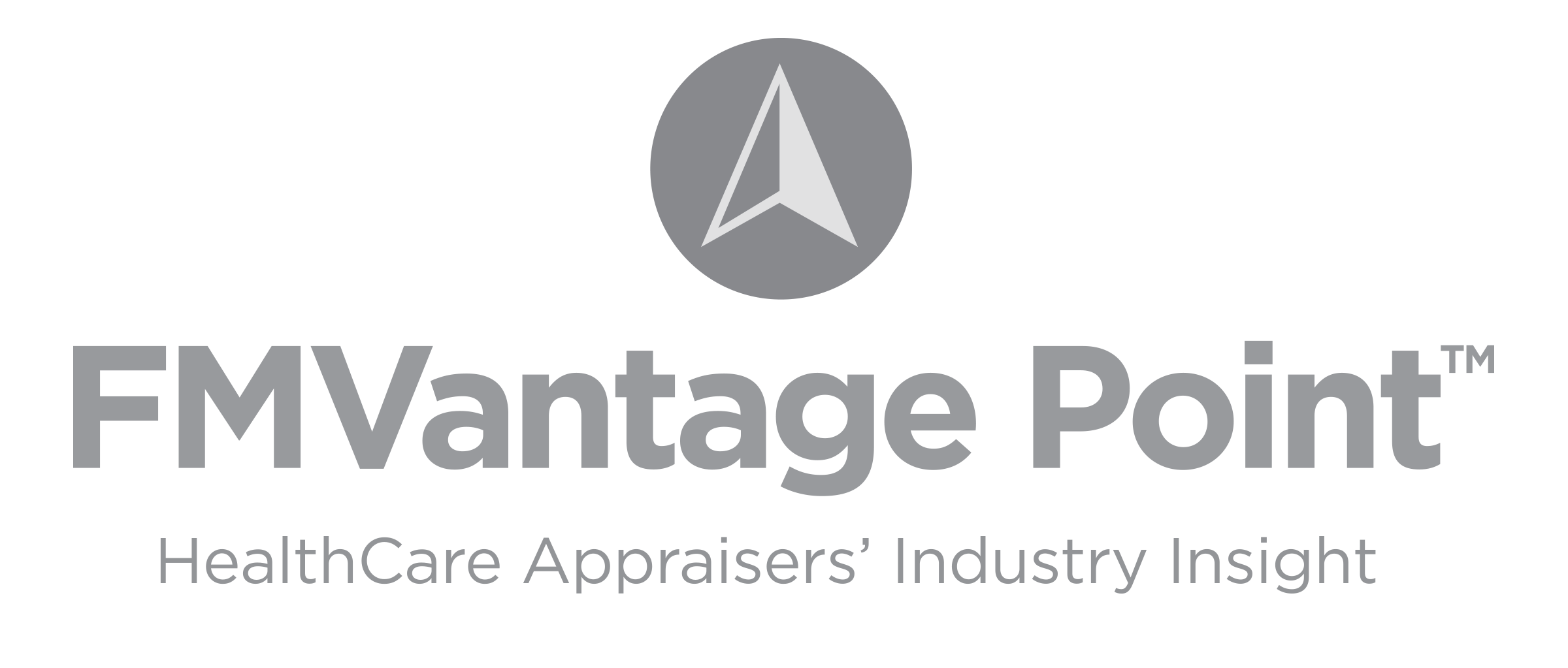Author: Adam L. Slotnick, MSPH, MA

In order to maintain licensure in the state in which they practice medicine,[1] physicians and other medical professionals must earn a set number of hours of CME credit during each reporting period.[2] State licensing boards grant credit for participation in only those CME events offered by CME providers that have been accredited by the Accreditation Council for Continuing Medical Education (“ACCME”) and/or the American Osteopathic Association.
CME programs can take many forms, most notably live and enduring programs. Live activities include hospital-based seminars and symposia at hotels. Enduring programs are often in the form of online courses and recordings. Content offerings include many clinical and non-clinical (i.e., regulatory updates, physician practice management) topics. Recently, the ACCME and AMA more closely aligned their rules and requirements, and explored the possibility of new formats reflecting technological advances.[3] Additionally, ACCME is endorsing a push by the Centers for Medicare & Medicaid Services (“CMS”) to create an accredited program in community health (i.e., public health) as CMS continues to institute performance and quality based payments.[4]
CME requirements serve an important purpose of ensuring that physicians and other healthcare professionals complete the necessary “educational activities that serve to maintain, develop, or increase the knowledge, skills, and professional performance and relationships that a [healthcare provider] uses to provide services for patients, the public or the profession.”[5] Many hospitals and other healthcare institutions sponsor CME events to support the professional and educational needs of their healthcare providers. However, under federal and state healthcare fraud and abuse laws, CME is generally considered to be a form of remuneration.[6] Given that healthcare providers who attend CME events hosted by Hospitals and health systems may be potential referral sources, hospitals and other healthcare institutions wishing to offer CME should seek to ensure that their programs fit within a designated safe harbor or exception.
The Physician Self-Referral Law (more commonly referred to as the “Stark Law”) provides several exceptions that may allow for CME to be provided.[7] These exceptions include the nonmonetary compensation exception, fair market value (FMV) compensation exception, and medical staff incidental benefits exception. Under the nonmonetary compensation exception and medical staff incidental benefits exception, items and services furnished to a healthcare provider at no cost must, among other things, be of sufficiently low value to avoid penalties under the Stark Law.[8] Under the FMV compensation exception, the charge to healthcare providers participating in CME events must be consistent with FMV to avoid penalties under Stark Law. Therefore, regardless of which exception is utilized, an accurate assessment of the FMV of the program is imperative. Similarly, guidance under the Federal Anti-Kickback Statute concerning FMV payment between parties for legitimate items and services can likely be applied to the provision of CME courses as well.[9]
FMV Pitfall: When offering CME programs, hospitals and health systems must be aware of potential federal and state healthcare fraud and abuse laws and their implications for CME program offerings. Engaging knowledgeable healthcare valuation experts with experience in the valuation of CME programs can help to ensure that fees charged to program attendees are commercially reasonable and consistent with FMV.
[1] CME requirements may also be imposed by medical specialty societies, specialty boards, hospital medical staff bylaws, The Joint Commission, malpractice insurance providers, and others.
[2] Because physician licensure is regulated by state licensing boards, the length of the reporting period varies from state to state.
[3] Graham T. McMahon & Susan E. Skochelak, Evolution of Continuing Medical Education: Promoting Innovation Through Regulatory Environment, JAMA. doi:10.1001/jama.288.9.1188 (January 22, 2018).
[4] Robin Stevenson & Donald E. Moore, Jr., Ascent to the Summit of the CME Pyramid, JAMA. Doi:10.1001/jama.2017. 19791 (January 22, 2018).
[5] American Medical Association, ACCME and AMA Glossary of Terms and Definitions, https://www.ama-assn.org/sites/default/files/media-browser/public/physicians/cme/ama-accme-glossary-terms.pdf.
[6] Remuneration is broadly defined under state and federal healthcare fraud and abuse laws. See, e.g., 42 C.F.C. § 411.351. Furthermore, CMS guidance in the Stark II Phase II provides that “… free CME could constitute remuneration to the physician, depending on the content of the program and the physician’s obligation to acquire CME credits.” 69 C.F.R. 16114 (March 26, 2004).
[7] See, 42 C.F.R. §411.357(k), (l) and (m) (October 1, 2004).
[8] For calendar year 2018, the dollar limit for the nonmonetary compensation exception ranges up to an annual aggregate of $407, and the dollar limit for the medical staff incidental benefits exception ranges up to $34 per occurrence.
[9] “OIG Supplemental Compliance Program Guidance for Hospitals” at 70 F.R. 4866 (January 31, 2005).
